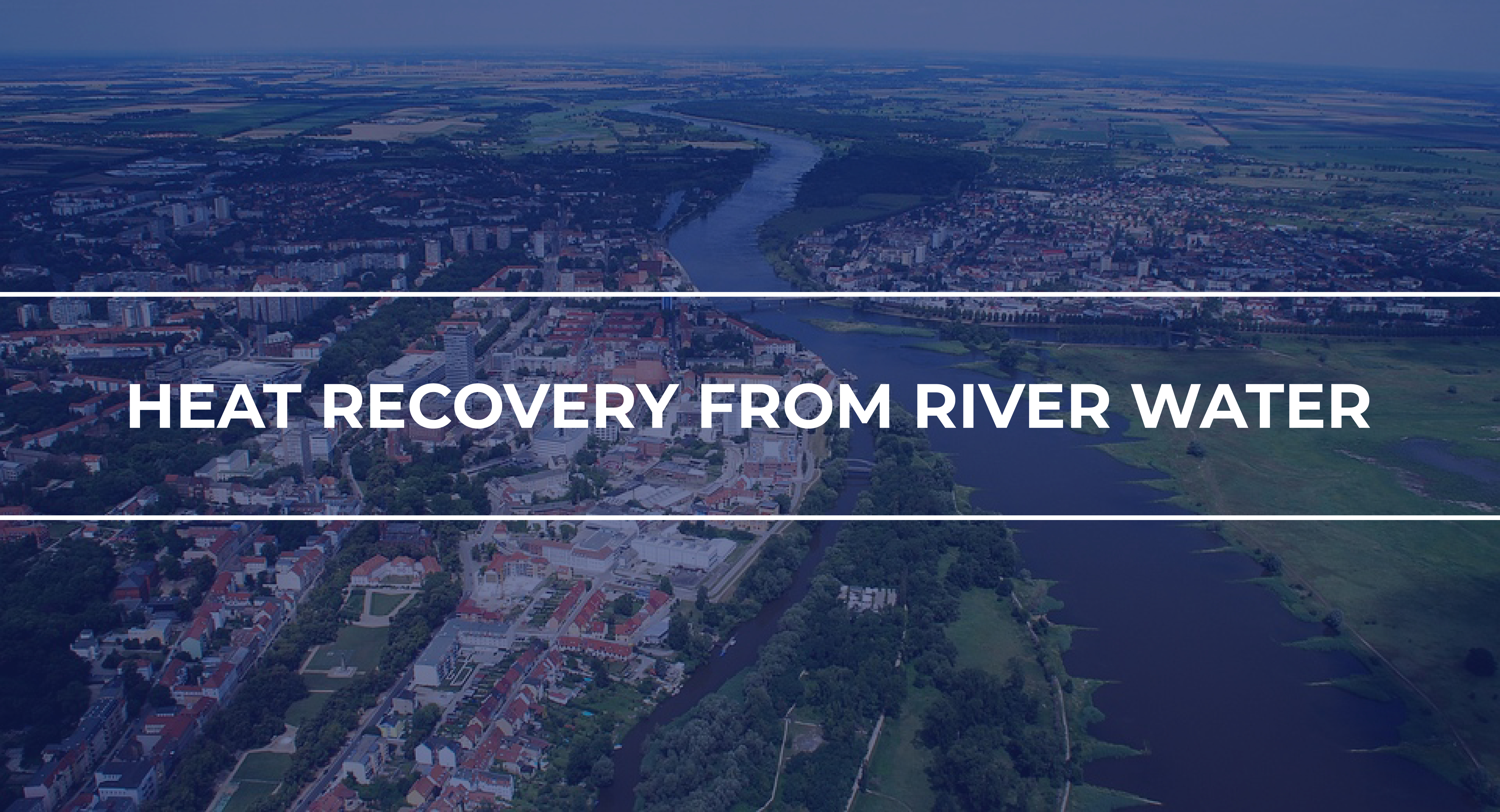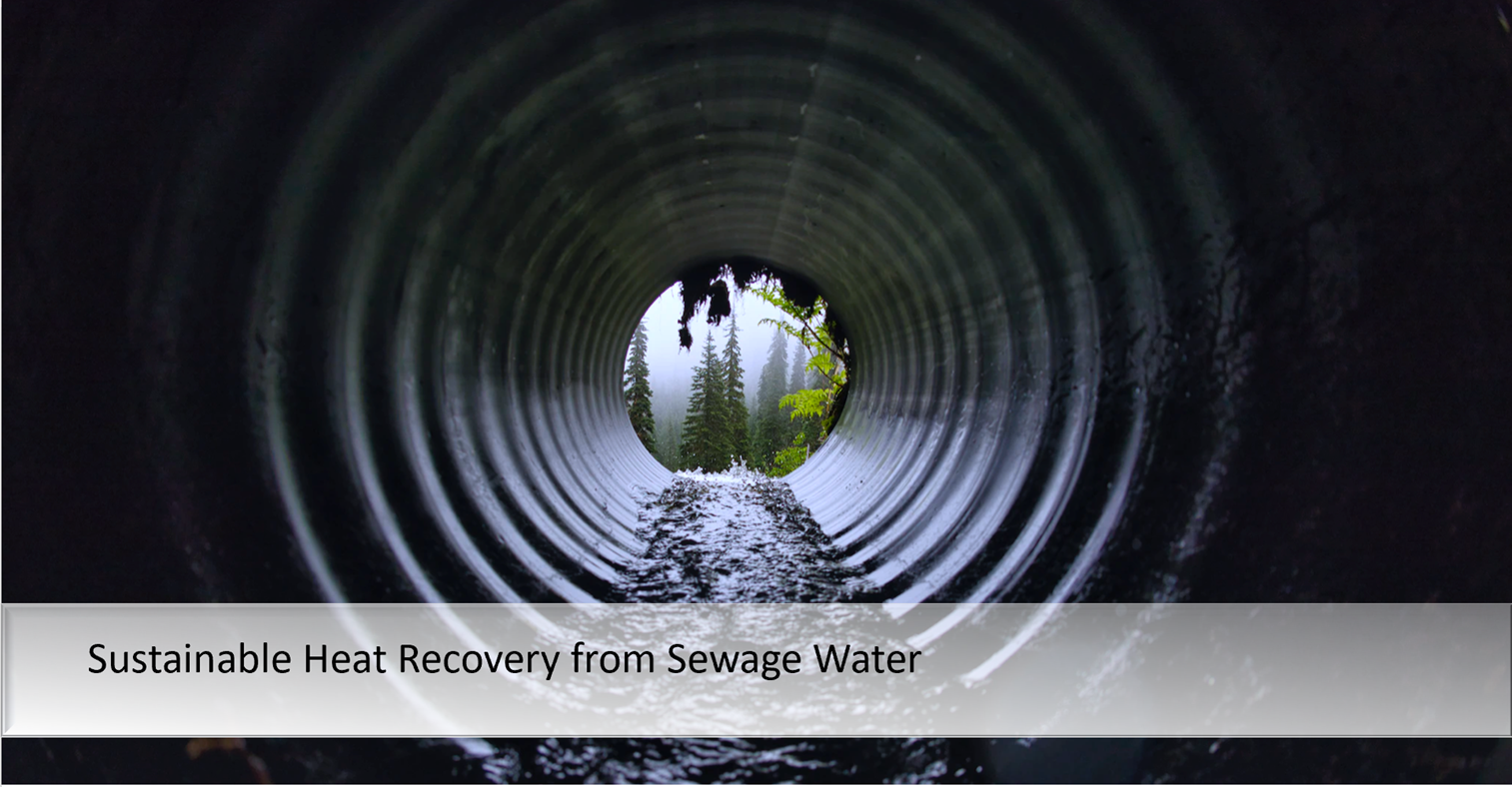Improving the energy efficiency is a need for various industries to reduce reliance on fossil-based fuels, reduce costs and at the same time reduce environmental impact by reducing greenhouse gas emissions. The recovery and use of waste energy is considered as a major option to achieve these goals.
Heat exchangers are one of the well-known and best techniques for recovering waste energy by transferring the heat of the streams (containing the waste heat) to the fluid that needs energy to warm up. However, heat exchangers are facing fouling during this operation that significantly impact the thermal and mechanical performance as it increases the overall thermal resistance and lowers the heat transfer coefficient of heat exchangers.
Klaren Technology offers a solution to improve companies’ environmental

impact by recovering heat or energy that would otherwise be lost. This recovery process can be applied in various industries, including the chemical sector.
In one particular example, Klaren Technology team is currently working on a project involving a reactor that generates low-pressure steam as a by-product. Previously, this steam went unused. However, an innovative idea emerged—to utilize the steam for heating a viscous feedstock before it enters the reactor. By pre-heating the feedstock, the primary energy input required for the reactor can be significantly reduced, resulting in lower natural gas consumption and a subsequent decrease in CO2 emissions.
The unique advantage of Klaren Technology is also to address the challenges typically faced with traditional shell and tube heat exchangers. When it comes to preheating the viscous feedstock, conventional heat exchangers often show inefficient heat transfer and are prone to fouling. However, the self-cleaning fluidized bed technology improves heat transfer efficiency through the shear-thinning effect of the cleaning particles, effectively preventing fouling. This effect helps to reduce the apparent viscosity by the factor of 4-10 which further saves a huge pumping power.
Heat recovery from river water is a form of renewable energy that can be used for space heating and cooling purposes in buildings and industries or hot water production. There are several ways to recover heat from water, such as a heat pump, or a thermal storage system, both using heat exchangers.
The principle behind this technology is to extract the thermal energy from the water flowing in a river and transfer it to a heat exchanger. During the winter, the system extracts heat from the river water and transfers it to the building, while in the summer, the process is reversed, and the system uses the cooler river water to provide cooling.

Heat recovery from water has several advantages over other renewable energy sources, like solar or wind power. Firstly, water is a readily available and abundant resource, with many natural sources, such as rivers, lakes, and oceans. And it is a reliable source of energy, as rivers tend to maintain a relatively constant temperature throughout the year, which makes the system work efficiently even during the coldest winter months. Secondly, water has a high thermal capacity, which means it can store and transfer large amounts of heat efficiently, even though its temperature is relatively low. Thirdly, water can be used for both heating and cooling applications, making it a versatile energy source.
However, there are also some challenges associated with this technology:
- Water quality: The quality of river water can vary depending on the location and time of the year. It is crucial to monitor the water quality regularly to prevent any damage to the heat exchanger or other components of the system.
- Capital cost: The initial investment required to install a heat recovery system can be high. The cost of infrastructure, such as pipes and pumps, must also be considered.
- Permitting and regulations: Depending on the location and scale of the project, obtaining the necessary permits and complying with regulations can be time-consuming and costly.
- Maintenance: River water contains sediment, debris, and other pollutants that can clog or foul the system’s components. Regular maintenance and cleaning of the system are necessary to ensure its efficient operation.
- Freezing: Depending on the location the river water can get close to freezing point in the winter, which will make it more difficult or even not possible to extract heat from the water without causing freezing of the heat exchanger or heat pump used.
Overall, considering the advantages and challenges, heat recovery from water is a promising renewable energy source that can help reduce greenhouse gas emissions and promote sustainable energy use. It is a reliable and efficient technology that can be used in a wide range of applications, from residential buildings to large-scale industrial processes.
With the KLAREN self-cleaning heat exchanger technology, we can provide a solution for keeping the heat exchanger clean, preventing freezing or ice formation of the heat exchanger (heat transfer area) and providing an optimal and constant heat recovery.
Sewage water, rich in thermal energy, offers an abundant and continuous heat source that can be utilized for various applications. The temperature of sewage effluent often remains relatively stable, typically ranging from 10°C to 30°C (50°F to 86°F). Although this temperature range may seem modest, with the right engineering solutions, it can be a valuable heat resource.
Low-carbon heat recovery technologies, such as heat recovery from sewage using heat pumps, can play a vital role in sustainable energy solutions. This approach involves capturing heat from consumer-added sewage, which is then utilized for heating or cooling buildings.

As per the CELCIUS project https://celsiuscity.eu/clean-energy-from-sewage/ funded by EU, there are different technical solutions available for heat recovery from sewage water. Different types of heat exchangers are used in combination with various heat pump types. The heat exchanger system is an important factor to be able to utilize sewage water as a heating source and in its turn affects how efficient the heat pump will be.
Problems with fouling may occur while extracting heat from sewage water where waste build-up on the surface of the heat transfer surface will reduce the recovery of the available heat. To prevent such problems, it is important to evaluate and assess the fouling possibilities and implications as well as determine possible solutions to reduce the fouling.
KLAREN Technology is a perfect solution to achieve up to “zero-fouling” operations and extract heat from sewage water.
The oil and gas industry is an energy-providing industry, but also an energy-intensive industry. In the production of oil and gas, several processes create wastewater that still contains thermal energy, but which is difficult or even impossible to extract due to the fouling characteristics of these flows. Temperatures range up to 100°C and at large flows this represents a substantial amount of thermal energy that can be recovered.
For Eg, A typical 5 million metric tons per annum (MMTPA) oil refinery can generate a significant amount of wastewater. On average, an oil refinery can produce around 1.5 to 3 times the volume of crude oil processed as wastewater (7.5 to 15 million metric tons per annum, or 20 to 40 m3/day. This water contains several impurities like salts, hydrocarbons, sulfur compounds, and other contaminants that have the potential to foul. Heat recovery systems can be integrated into the refinery’s processes to capture the thermal energy present in the wastewater.

With KLAREN Technology heat exchanger solution, it is possible to extract thermal energy from fouling wastewater flows and can help to use this energy elsewhere in the process or for heating purposes of buildings or neighbouring communities.
The self-cleaning heat exchangers will not foul and lose heat transfer over time due to its innovative continuous cleaning system that will keep the heat-exchanging surfaces clean. This way it is possible to extract heat from otherwise discarded flows and improve your company’s impact on the world’s environment.
By implementing heat recovery systems, refineries can enhance their overall energy efficiency and reduce their carbon footprint by utilizing the thermal energy contained in wastewater streams.
It goes without saying that the optimal use of energy is of the highest priority nowadays. As a sustainable solutions provider company, we emphasize how our self-cleaning heat exchanger technology can assist in achieving this goal. One often overlooked source of waste heat with serious potential is gas turbines used to provide peaking power during periods of high demand. These turbines operate in an open cycle, meaning that their exhaust flue gas, with temperatures ranging from 500 to 600°C, is directly released into the open air. One option to address this waste is equipping these turbines with standard waste heat recovery boilers to generate steam.

However, there is another interesting option that can utilize the heat in the gas turbine exhaust efficiently. This involves supplying the heat required for the final brine heater in a MSF (Multi-Stage Flash) plant used for desalination and producing potable water. One challenge in this application is the fouling of the heat exchanger due to high temperatures and the presence of highly saline water. Fortunately, KLAREN Technology can effectively prevent fouling issues.
The concept described above has been successfully proven in a pilot unit. What makes this pilot unit unique is that the fluidized bed is located on the shell side, rather than within the tubes. It’s important to note that this specific arrangement might not be the preferred choice for waste heat recovery from flue gas and can be explored together with the customer.
At Taprogge GmbH, we are dedicated to finding innovative solutions to optimize energy usage and reduce waste. If you’re interested in exploring heat recovery possibilities or have any questions, feel free to reach out to us. Together, we can make a significant impact in achieving energy efficiency and sustainability goals.

